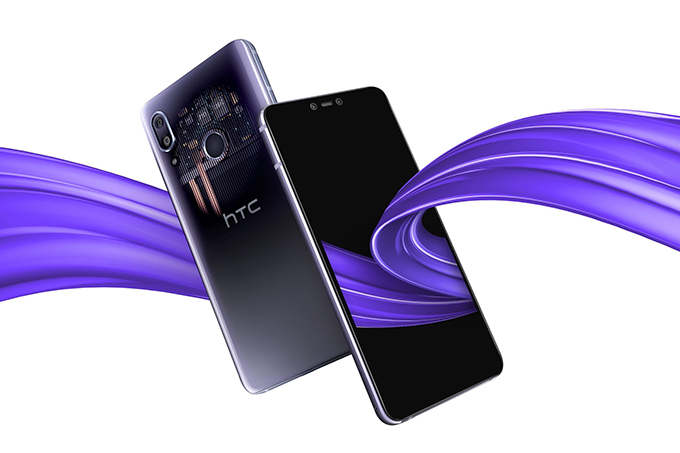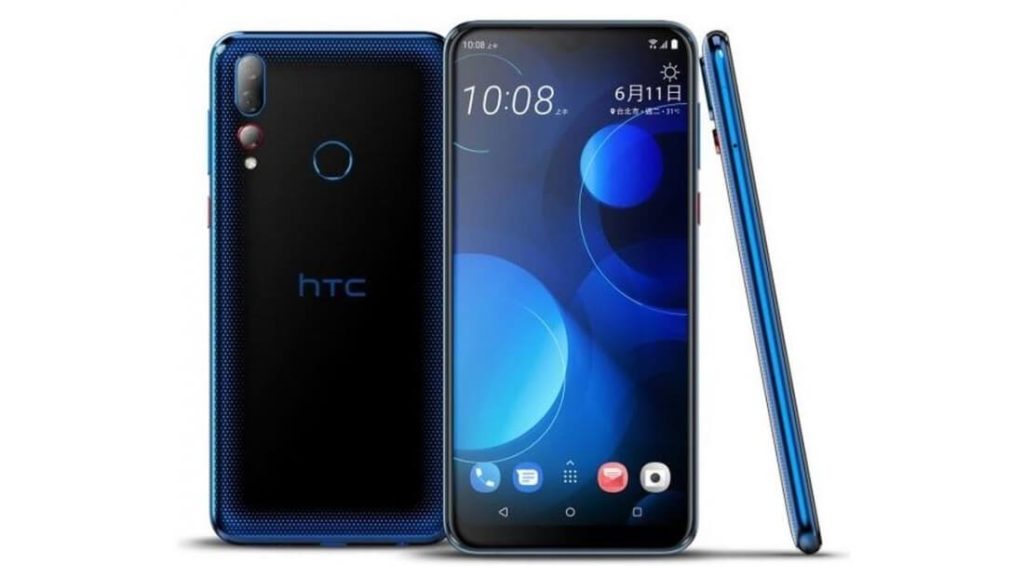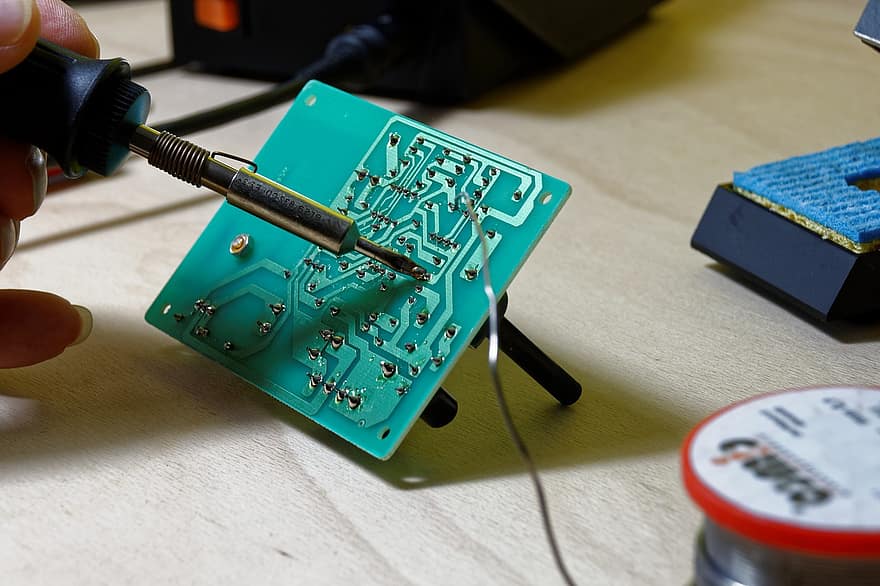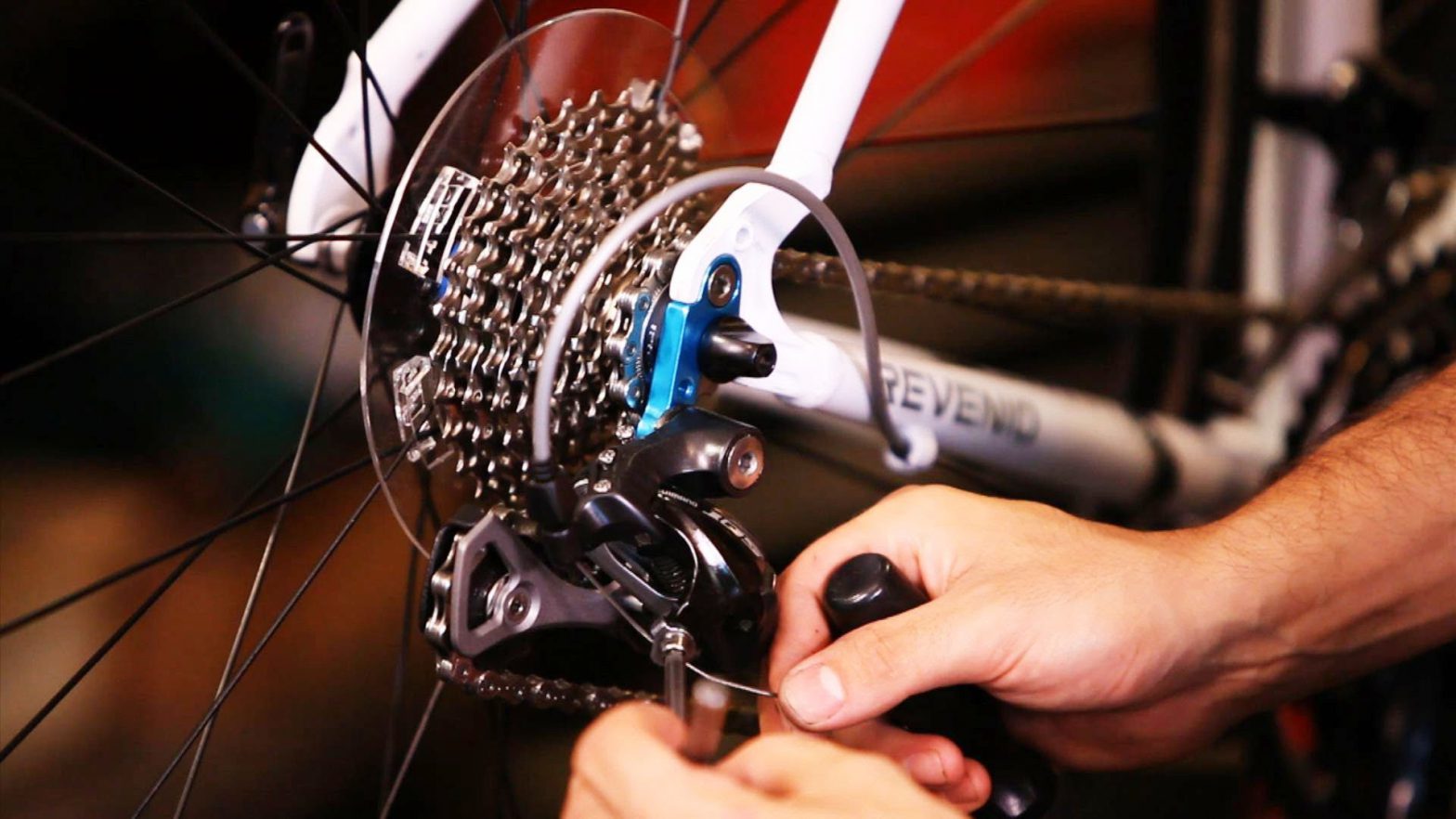HTC Desire 19 Plus: advantages and disadvantages of a smartphone

HTC has long lost its popularity in the international smartphone market. This is due to the lack of innovative introductions, minimal changes in design and weak performance of the smartphone system. Several years ago, the manufacturer decided to rectify the situation by resuming the development of the Desire line. The result was crowned with success, which contributed to the further production of devices of this branch. A new smartphone from the company is released - HTC Desire 19 plus. Details are below in the article.
Brief information
The Desire 19 plus is a smartphone with a controversial reputation. On the one hand, it can offer a stylish design, high performance, a large, bright display and several useful features in the form of a virtual assistant and notification center. It is worth noting that HTC devices are popular because their manufacturer provides the system with a user interface of its own production, and this model is no exception. This approach is due to the relief of the operating system from useless programs and time-consuming processes. On the other hand, for a cost of 20-24 thousand rubles, the device has trivial drawbacks in the form of a weak camera, small screen resolution, low pixel density and lack of NFC.
Specifications
| Parameters | Specifications |
|---|---|
| Display diagonal | 6.2 inch |
| Display resolution | 720x1440 |
| Aspect ratio | 18: 9 t |
| Display density | 271 ppi |
| Chipset | MediaTek MT6765 Helio P35 |
| GPU | PowerVR GR8320 |
| RAM | 4/6 GB |
| Inner memory | 64/128 GB |
| Memory card | up to 1 TB |
| Main camera | 13/8/5 MP f / 1.8 |
| Front-camera | 16 MP f / 2.0 |
| Battery capacity | 3850 mAh |
| Dimensions | 157x75x8.5 mm |
| Weight | 170 gram |
| Colour | Black blue, silver white |
| The cost | 20-25 thousand rubles |
| release date | July 2019 |
Design and ergonomics
At first glance, it seems that the body of the device is made of glass, but taking it in hand, it becomes clear that the material is plastic and metal alloy. Thanks to this, the gadget is relatively light and sits freely in the palm of your hand. Due to the glossy surface of the back, fingerprints are constantly collecting on the phone. The dimensions of the device are 157x75x8.5 mm, and the weight is 170 grams. Thanks to these parameters, as well as the straight profile of the body, the smartphone does not seem bulky. The edges are slightly rounded, and the frame itself is relatively strong, but there is no protection from moisture and dust. The rigidity of the structure is provided by a metal frame connecting the rear and front panels.

A fingerprint scanner is conveniently located on the back surface, and in the upper part there is the main camera, consisting of three modules, LED backlight and a noise canceling microphone. The front panel is covered with a large 6.2-inch display, oleophobic coating and 2.5D glass, and the aspect ratio is 18: 9. In the center of the upper face there is a front camera that creates a drop-like shape on the surface of the panel.
The bottom edge carries a headset jack, main microphone, sound speaker and micro-usb port. The latter disappointed, since modern smartphones are equipped with USB Type-C connectors.On the left side there is a dual slot for SIM-cards and a microSD port, and on the right - a volume control and a power button. The control elements are made of textured metal.

The smartphone will be produced in interesting colors, including: black and blue transfusion and silver-white shade.
Display
The device is equipped with a 6.2-inch display with an oleophobic coating and a resolution of 720x1440. The pixel density is 271 ppi. These parameters guarantee a high level of graininess. However, the screen offers clear viewing angles, high levels of brightness and contrast, and natural color reproduction. In the system settings there is a color temperature regulator, thanks to which you can adjust the display lighting at your discretion.

In daylight, the image on the screen practically does not lose its brightness. The picture is rich and clear despite the sun's rays. At night, the lighting level is adjusted so that the visual component does not strain the eyes.
Iron and performance
The Desire 19 plus smartphone is powered by the MediaTek MT6765 Helio P35 chipset with a quad-core Cortex A53 socket at 2.3 GHz, as well as a quad-core Cortex A53 socket at 1.8 GHz. Responsible for the visual component is the PowerVR GR8320 graphics accelerator, which is equipped with an additional GameCube function designed to optimize gaming applications and is overclocked to 680 MHz. There are two configurations in production: 4/64 GB and 6/128 GB. Additionally, there is the possibility of connecting microSD for 1 TB.

The battery in the device is rated at 3850 mAh, which, in general, looks good for a smartphone with a 6.2-inch screen and a small resolution. The battery charge lasts for 5-6 hours of continuous operation with the maximum brightness level, the Wi-Fi module turned on and the video in Full HD format started. For gaming applications, the battery will last for 8-10 hours, and by optimizing the power consumption in the graphics accelerator, you can stretch the battery as long as possible. The energy replenishment time in a smartphone is about two hours.
Testing various applications, the device showed good results: "World of Tanks Blitz" works at almost maximum settings at a speed of 30-40 frames per second, "Shadow fight 3" demonstrates the same results, and "PUBG" produces 30 FPS at medium parameters. The system has a built-in service that allows you to adjust the settings of gaming applications for yourself, which in the future can ensure the maximum performance of the video chip.

The software in the device is the Android 9.0 PIE operating system, which is skillfully combined with the HTC user interface. The shell is very comfortable and easy to use. Developers have deactivated high-power services and avoided copying the capabilities that Google's app ecosystem is equipped with. In this way, the manufacturer has accelerated the operation of the OS, while maintaining the rational use of the charge.

The device system has several standard services that will serve as a virtual assistant:
- BlinkFeed is a program designed to display all system notifications in a smartphone. Social networks, notifications from games or mail, messages and missed calls, the latest news and weather forecasts can all be found on the left side of the screen
- Sense Companion - the main purpose of the service is to facilitate the user's daily life. The program monitors the daily activities of the smartphone owner, taking into account the location, date, time and other data in order to optimize the use of everyday functions. Also, the list of software features includes a notification about the battery status, familiarization with weather conditions, etc.
In general, the user interface functions well. Navigation system, launching applications - everything works well. Switching between running applications is fast, but performance drops by 10-20% during time-consuming tasks.
Sound and communication capabilities
There are no problems with sound in the smartphone, the main speaker transmits a balanced stream of high and low frequencies. The volume is high, while distortion and noise are not audible. The connected headset reproduces sound even better. The music application has a frequency regulator, thanks to which you can adjust the sound for different types of headphones.

With the spoken speaker, things are worse. The volume level is average, and in a noisy room the interlocutor is audible at all bad.
The device has a Wi-Fi module and Bluetooth with a data transfer rate of 5 Mbps. The connection to the GPS satellite is quite fast, a cold start takes 3 seconds. Navigation systems function stably, there is support for A-GPS, GLONASS. Desire 19+ confidently accepts GSM, HSMA, LTE networks. You won't be able to use Android Pay functions as the device lacks NFC.
Camera
HTC Desire 19 plus is equipped with a camera with three modules:
- 13 MP main sensor with F / 1.8 aperture;
- 8 MP ultra-wide sensor with f / 1.85 aperture;
- 5 MP additional sensor designed to measure depth.
Cameras have never been a strong point of HTC, so this model takes ordinary pictures. Brightness and saturation are at an average level (this is taking into account good lighting), detail is lame, and color reproduction is weak. Good pictures cannot be taken under artificial lighting.

The front camera has 16 MP and an F / 2.0 aperture. It is well suited for taking portraits in bright conditions. The module is not capable of the best.
Advantages and disadvantages
- Large display diagonal;
- High level of brightness and contrast;
- Metal frame on the body;
- Attractive design and unique colors;
- Moderate performance of the chipset and graphics accelerator;
- Support for heavyweight gaming applications;
- BlinkFeed and Sense Companion support;
- Simplified user interface;
- MicroSD support for 1 TB;
- High battery capacity;
- Fast energy replenishment process;
- Small dimensions of the device.
- Weak camera;
- Lack of NFC;
- Lack of USB Type-C port;
- Low volume of the earpiece;
- Low pixel density and low screen resolution;
- The overpriced device is 20-25 thousand rubles.
Output
Once again, HTC is releasing a dubious product with slightly overpriced for a device with such parameters. Of course, the smartphone can offer a large screen, processor and video chip performance, good battery life and several remarkable features. But, in 2019, many smartphones with a lower price indicator are equipped with an NFC module, a USB Type-C connector and have a powerful camera. The low resolution of the screen with the weakest pixel density is also striking. Given the 6.2-inch display, this figure does not inspire confidence.
The price of 20,000 rubles is slightly overstated for such a device, because for this amount you can buy Xiaomi MI 9 SE, which is equipped with a Snapdragon 712 chipset. Although the choice of a smartphone is always up to the buyer!
new entries
Categories
Useful
Popular articles
-

Top rating of the best and inexpensive scooters up to 50 cubic meters in 2024
Views: 97661 -

Rating of the best materials for noise insulation for an apartment in 2024
Views: 95022 -

Rating of cheap analogues of expensive medicines for flu and colds for 2024
Views: 91750 -

The best men's running shoes in 2024
Views: 87680 -

Top ranking of the best smartwatches 2024 - price-quality
Views: 85091 -

Best Complex Vitamins in 2024
Views: 84801 -

The best dye for gray hair - 2024 top ranking
Views: 82406 -

Rating of the best wood paints for interior use in 2024
Views: 77202 -

Ranking of the best action cameras from China in 2024
Views: 75269 -

Rating of the best spinning reels in 2024
Views: 74827 -

The most effective calcium supplements for adults and children in 2024
Views: 72462 -

Top rating of the best means for male potency in 2024 with a description
Views: 68296









